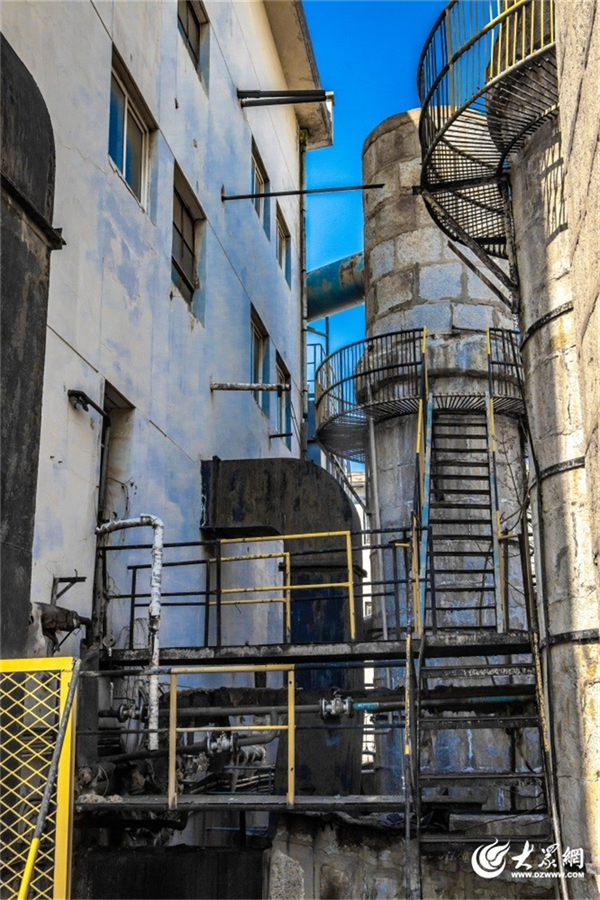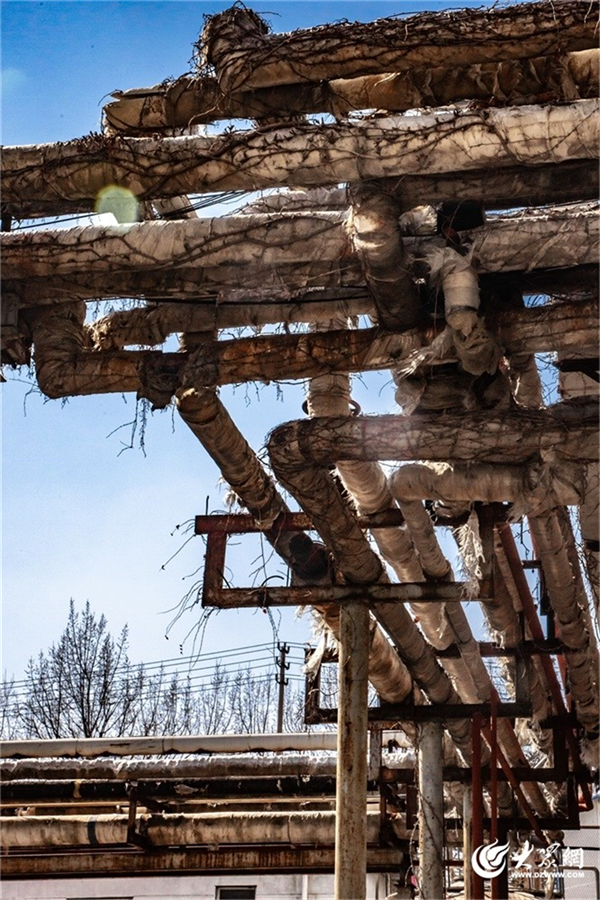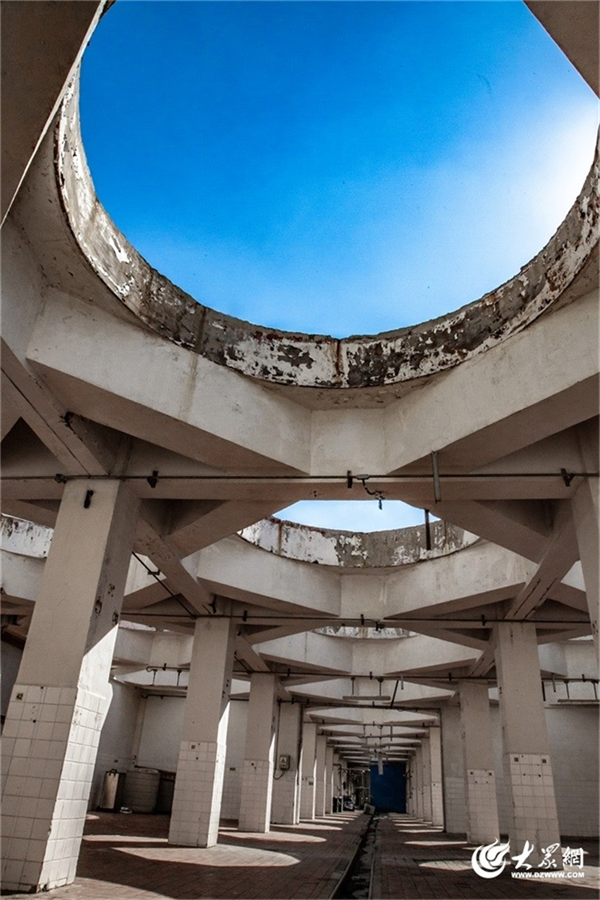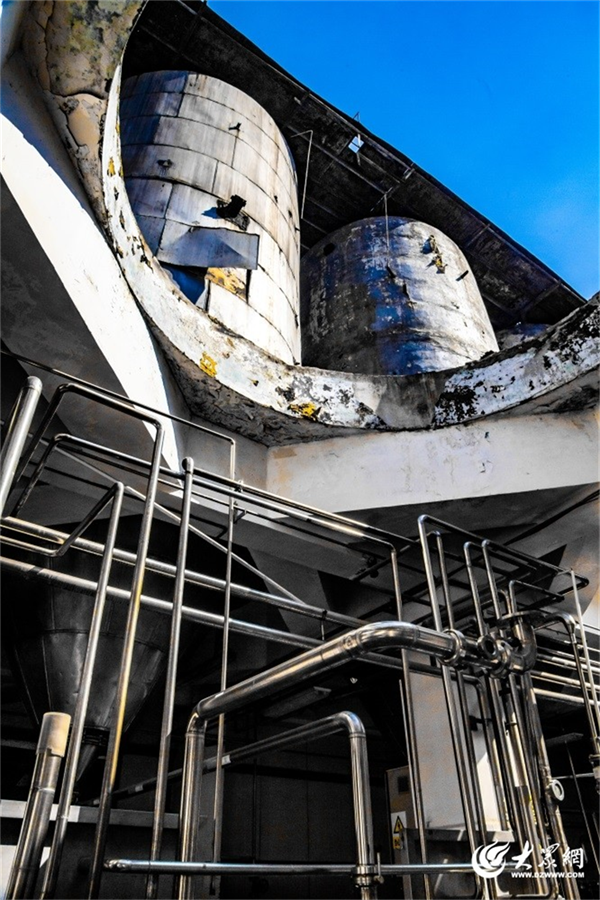From Yantai 100-Year-Old Brewery to New Cultural-Tourism Landmark: An Exploration of Industrial Heritage Revitalization Practice in Zhifu District
Reported by Sun Zhongtao from Dazhong News,Correspondents: Zhai Meijie, Yu Xinjie, Li Jia, Yantai
On the mottled brick walls, ivy clings to the folds of history; beside the rust-stained fermentation tanks, the neon lights quietly illuminate the future. At No. 100 Huanshan Road, Zhifu District, Yantai City, Shandong Province, the old Yantai Brewery, which has carried the century-old glory of the national industry, is conducting an urban renewal experiment titled Awakening the Future with History, composing a symphony where industrial relics harmonize with modern civilization.
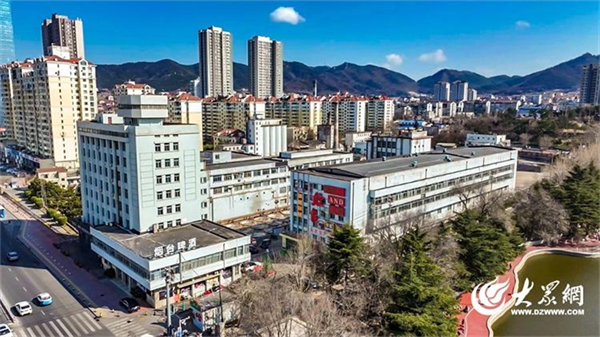
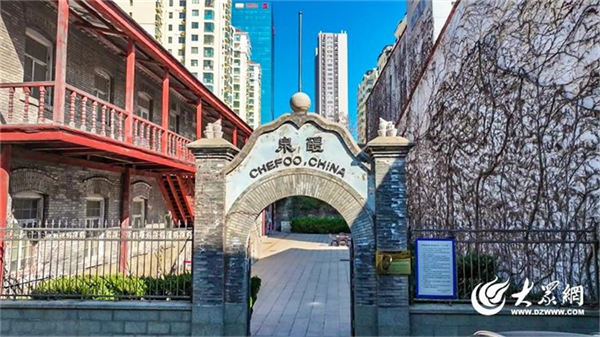
The Historical Imprint of the Era of National Salvation through Industry
In 1920, Wang Yizhai and fellow merchants from Jiaodong, driven by the aspiration of national salvation through industry, established the Jiaodong Liquan Brewery by the Huyan Spring on Nanshan in Yantai, setting a precedent of independent beer production by national capital. Countless “firsts” emerged here: growing hops by themselves, separating domestic yeast, breaking the foreign technological monopolies... In the 1930s, the Sanguang Brand Beer was exported to Shanghai and engaged in a “beer war” with foreign merchants, raising the flag of the national industry in the bustling metropolis under the neon lights.
Over the past century, Yantai Brewery has gone through capital depletion, the upheaval of war, and technological blockades, yet it has never sold the factory for safety. Its archives, including the office building, title deeds, trademarks, and account books, have been praised by experts as “a rare national industrial heritage in northern China”. In 2021, the old Yantai Brewery was included in the fifth batch of the National Industrial Heritage List. These mottled brick walls and rusty fermentation tanks have officially been sublimated into a materialized monument of the national spirit.
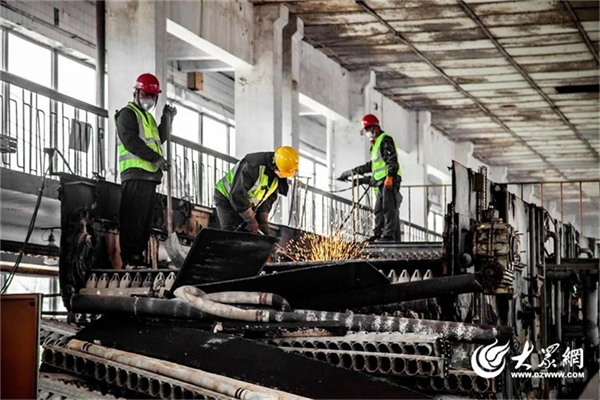
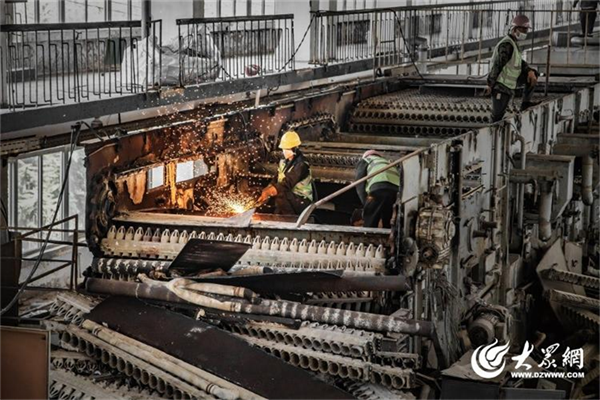
The “Second Fermentation” of Industrial Legacy
In the urban renewal strategy of Golden Coast & Silver Corridor in Zhifu District, the revitalization of the former site of Yantai Brewery carries a dual mission: preserving the historical heritage while energizing the industrial momentum. The project innovatively proposed the mode of “spatial narration + industrial empowerment”, transforming the 68-mu (4.53-hectare) factory site into a cultural and tourism complex of “one museum, one workshop, one street, and one center”. The Century-old Beer Museum, with the original office building as the carrier, recreates the brewing scene of the Liquan Brewery in 1926 through holographic projection, and displays the comparison between the old and new equipment from hand-operated bottling machines to smart production lines, allowing visitors to trace the evolution of the national industry. The Craft Brewery Workshop?? preserves the main structure of the old saccharification facility, and tourists can personally participate in a hands-on journey through the 12 brewing stages from malt crushing to fermentation and filling, witnessing the “birth of beer” in the steam amidst swirling steam.
The transformation orchestrates a convergence of technology and art. The designers transformed the abandoned steel frame on the west side of the factory into a 20-meter-high light and shadow art tower, projecting the century-long evolution of the trademark with lasers at night. Blockchain technology immortalizes the title deeds of 1920 as digital collectibles, enabling historical archives to be perpetually inherited in the metaverse. The industrial linkage is also remarkable: the craft brewery in the old factory and the intelligent industrial park with a production capacity of 500,000 kiloliters in Muping District form a “front-shop-back-factory” mode, with the deep integration of traditional craftsmanship and new technologies, such as the Internet of Things and AI quality inspection. As the chief engineer of the project remarked, “It serves not only as an exhibition hall of industrial heritage but also as a testing ground for future industries.”
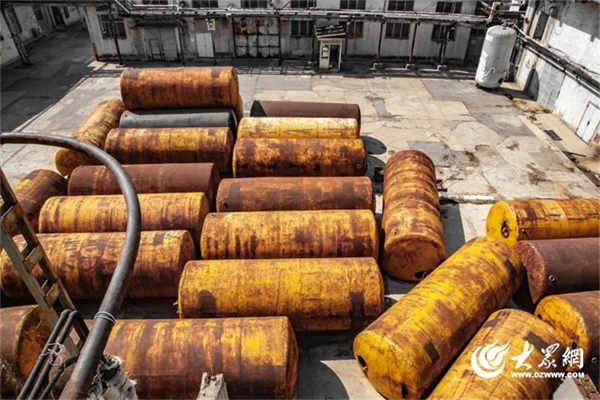
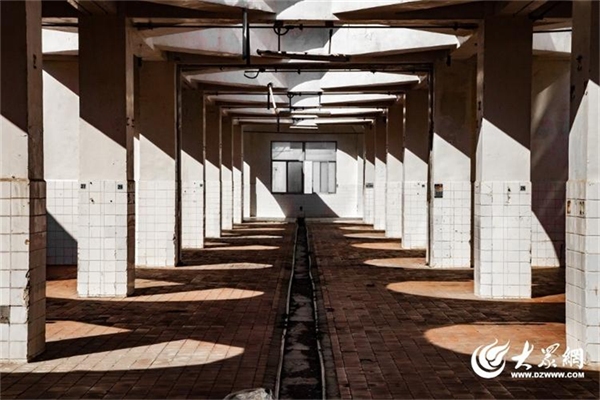
The Contemporary Continuation of Urban Memory
“When I was a child, my grandfather often told me that the beer from the brewery was once exported to Southeast Asia. Now he marvels at the old equipment, saying it looks like a science fiction movie!” The remark from a former employee highlights the fascinating collision of intergenerational perspectives. The project team launched the Urban Memory Plan, inviting citizens to contribute old photos, employee badges, production diaries, and other items, and transforming them into interactive exhibition items in the museum. Moreover, community artists collaborated with residents to create mosaic wall paintings with beer bottle fragments, integrating industrial symbols into everyday life. This participatory approach makes the old factory site no longer an isolated attraction but a carrier of emotional resonance for the citizens.
The spatial integration also reshapes the urban cultural and tourism layout in Yantai. Through the aerial corridor and the underground pedestrian system, the brewery is seamlessly connected with Nanshan Park and the historic Chaoyang Street, located one kilometer away. It forms a golden cultural and tourism belt that combines industrial heritage, natural ecology, and modern architecture. In the future, the area is set to offer an around-the-clock experience scene: museum study program in the morning, craft beer tasting sessions in the afternoon, and beer music festivals at night, allowing tourists to feel the pulse of Yantai’s rich history to contemporary trends within 24 hours. As a journalist described, “The bricks of Zhifu are undergoing a second fermentation in the cellar of light...”
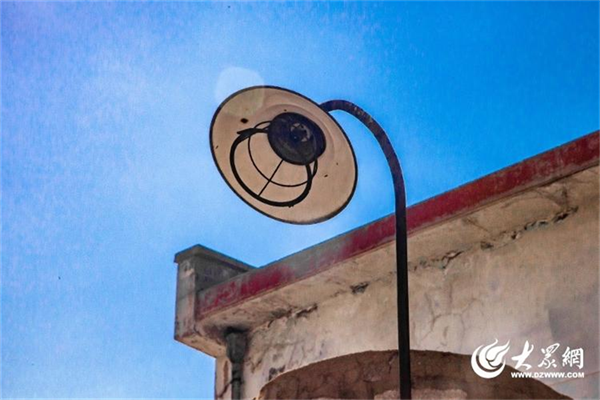
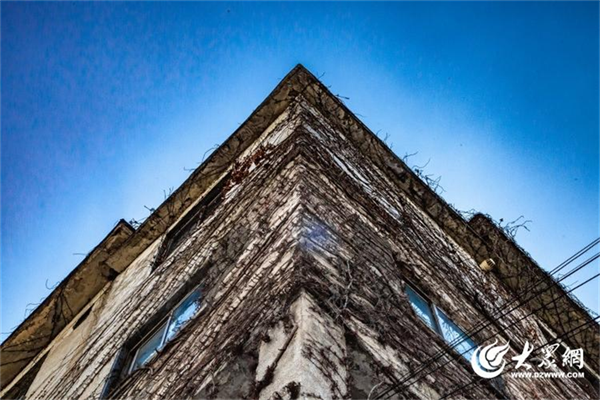
The City’s Declaration: Rebirth Through Innovation
From Wang Yizhai's rallying cry of “national salvation through industry” to the today’s fusion of industrial relics and digital civilization, the transformation of Yantai Brewery stands a microcosm of the urban renewal philosophy in Zhifu District. Here, the crude logic of “demolition and reconstruction” is rejected, and instead, “micro-renewal” is used to invigorate the historical elements. For instance, the old boiler room has been transformed into a cultural and creative incubator, where young designers develop derivative products such as hop-scented aromatherapy and hop-infused facial masks. In addition, the rusty pipeline system has been transformed into an audio-visual art installation, and whenever a tourist approaches, the factory whistle from the 1920s will sound. The mode of coexistence of the old and the new makes industrial heritage no longer a heavy historical burden but instead a source of urban innovation.
The practice in Zhifu District also points to the future direction of urban renewal in China. As the flagship project among the 23 urban renewal projects in the district, the renovation of the Yantai Brewery demonstrates the triple values of industrial heritage revitalization: reshaping the spatial function through cultural endowment, upgrading the industrial form through technological empowerment, and awakening the collective memory through emotional connection. When the century-old brewery undergoes a “second fermentation” in the new era, the city’s response is resounding: true renewal is not about saying goodbye to the past but about allowing history and the future to embrace each other warmly in the present.
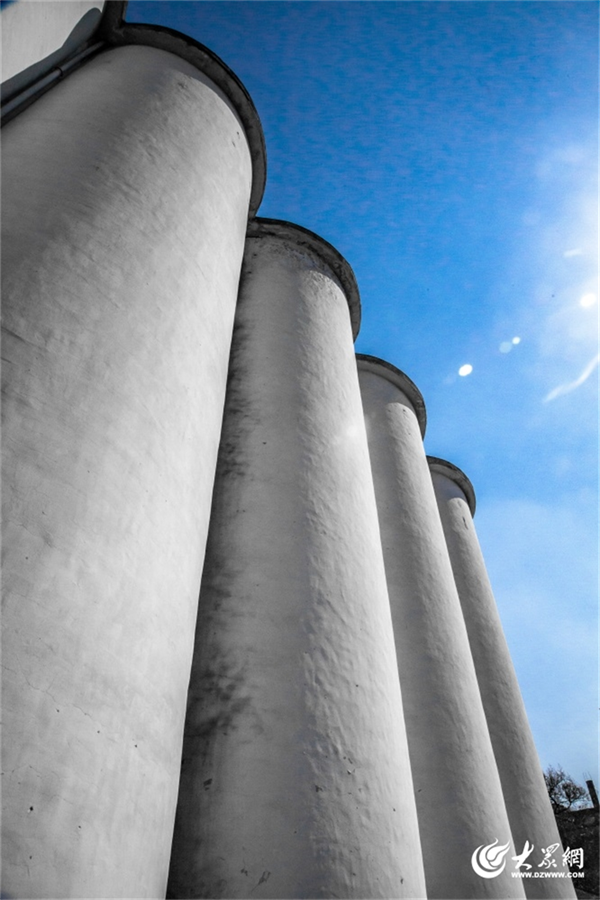
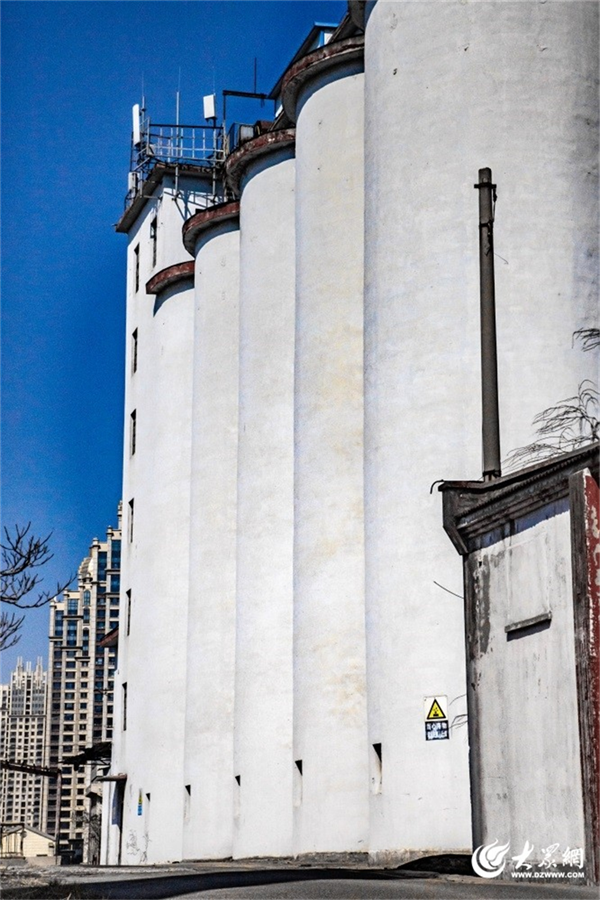
As a benchmark for the industrial heritage revitalization in Shandong, the rebirth of Yantai Brewery is not only a shining pearl in the Golden Coast & Silver Corridor strategy of Zhifu District but also a vivid annotation of China’s urban renewal movement. When tourists raise a glass of amber-hued craft beer, what they taste is not only the rich aroma of a century-old craftsmanship but also the confidence of a city in its rebirth and innovation. Here, every brick engraved with the passage of time is telling a story: history has never faded away, and it is toasting to the future with an innovative attitude.
